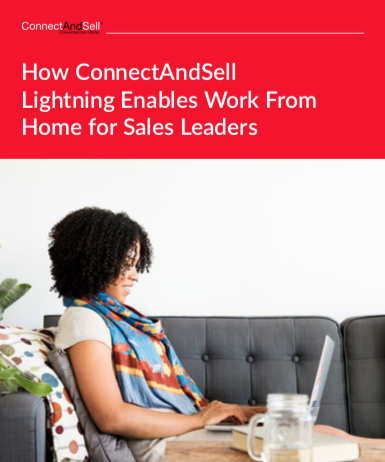
In Sales, It’s Now or Never. Or Is It? – Part 1
In a narrow sense, the purpose of Sales as a function is to secure fresh revenue. It could be revenue from a new logo, a renewal, an upsell, or a cross-sell; but it is all just revenue, green and fresh and sliding deliciously into the company bank account.
By this standard, everything a salesperson does that does not contribute immediately to a revenue-producing transaction is waste. And one of the most wasteful activities is to meet with someone who is not qualified to enter a buy cycle now. The key is to dismiss the unqualified many as early as possible in order to engage deeply with the qualified few.
In the standard view, the unqualified many should be avoided by Sales altogether except for the briefest time investment required to determine they are, in fact, unqualified to enter a buy cycle now.
Take Another Look
There are two problems with this narrow view in the world of modern B2B:
- It is hard to figure out whether someone is truly qualified. Skill and discipline are needed, and often a level of trust must be established before a buyer will confess their true need, or lack thereof. As a result, the qualification process itself may fail, dismissing perfectly qualified buyers and sending them away — supposedly to Marketing for nurturing but just as likely to one of your competitors. Let’s call this the “false negative problem.” The salesperson doesn’t even notice the loss, but the company experiences it in the form of reduced market share and revenue.
- The most common cause of disqualification is bad timing. The potential buyer is intrinsically qualified — their company really needs your solution — but they are not ready to enter a buy cycle quite yet. They might need to wait for an existing contract to run its course, or they can’t make a move until their budget process is complete. Let’s call this “the timing problem.” The salesperson can’t afford to waste precious time waiting around and therefore sends the buyer back to Marketing as a lead to be nurtured, not to be spoken with again until that prospect has the good manners to re-engage as a “hand-raiser” who is worth talking to.
And in the meantime, since there was no relationship of trust established during the salesperson’s short initial phone call, those supposedly unqualified prospects may start looking elsewhere for a product or service that will meet their business’s needs once that contract expires or their budget is finalized.
As we say at ConnectAndSell, conversations matter.
Link to the second part of this two-part series: Part 2

